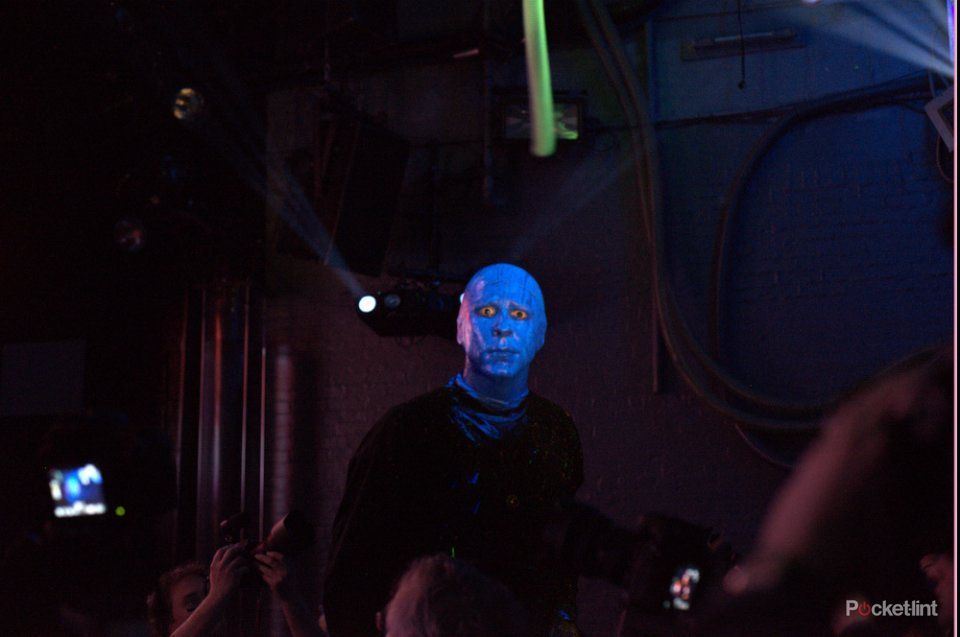The Nikon D800 promises to let you take pictures in low-light environments reducing noise to a minimum and letting you get that perfect shot regardless of the conditions.
That's some promise, but proof is in the pudding, as they say, or in our case the chance to see an exclusive performance by the Blue Man Group in New York City courtesy of Nikon ,with us in possession of a Nikon D800.
The Blue Man Group performance is just one of many tests we are putting the camera through this week to find out how the D800 performs. So far we’ve been on a boat, and taken in a special Blue Man Group performance in some of the worst light we’ve ever seen - we don't get to the theatre much.

We’ve learnt a lot so far, not all of it specific to the D800 either. We’ve learnt that on-the-fly lens changing is still a real pain and that, at least for video, you need a way to support your SLR when you’re recording, otherwise it starts to look like you're drunk.
But we’re also learnt that this new generation of SLRs can handle lower light in stills and in more adverse conditions than ever before. We really think that the lack of noticeable grain in this image is remarkable. Given that this is a very densely packed sensor with 36.6-megapixels of image to produce, it’s actually staggering how well it copes in low light. This is something that high-resolution sensors often handle very badly indeed, so it's important the D800 does a better job of it.

The photo above was shot at ISO 1600 on a 50mm f/1.8 Nikkor lens at 1/100s at f/2.8. It was captured during a strobe burst from the theatre lighting system. So, low light is much less of a problem. But even in the darker areas, there’s still very minimal noise. That’s not to say you won’t see it from time-to-time – look at 6400 ISO video and above and you’ll see a lot of blue pixel crawl.
We have video too, and we’ll upload that soon. But in the meantime it’s worth looking at how beautifully the D800 can perform, even with Nikon’s cheapest lens attached and an operator who’s keen, but basically guessing settings milliseconds before hitting the shutter release button.
At least in low light, the D800 seems to offer a lot of flexibility. Do you agree? Have you used the D800, or do you think the Canon 5D MK III is capable of bettter?
- Nikon D800 pictures and hands-on
- Nikon D800 video samples roundup
- Nikon updates UK prices for D800, D800E and D4, honours pre-order pricing

